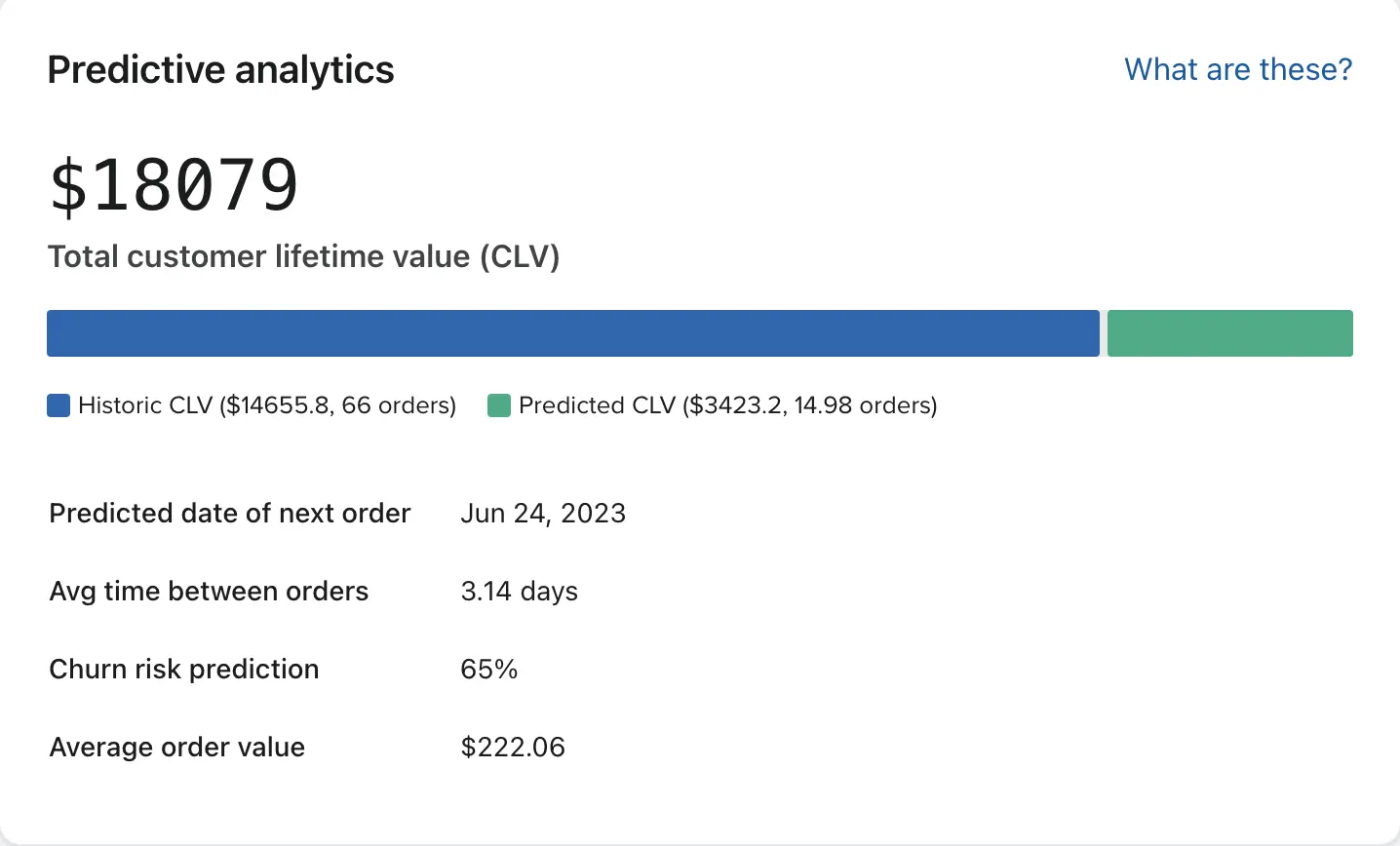Email marketing remains one of the most cost-effective tools to reach customers, with a return on investment (ROI) of $42 for every $1 spent. However, in an era where inboxes are overflowing, standing out is essential. Artificial intelligence (AI) offers a revolutionary solution by enabling the personalization of emails at scale while optimizing results. This approach helps brands send highly relevant emails to specific audience segments, without losing the human touch.
The Importance of Personalization in 2024
According to a Twilio Segment report, 89% of business leaders believe that personalization is critical to their future success. Why? Consumers seek communications that align with their personal needs and interests.
Brands that can customize their messages based on behavior, preferences, and demographic data see a significant increase in engagement and conversion rates.
However, despite this recognition, many companies are underusing the personalization features in their email marketing tools. At best, businesses personalize the first name in the email body, but neglect to customize the subject line—one of the most critical elements.
Why Is This Feature Underused?
Personalizing emails takes time, and entrepreneurs often find themselves short on time to implement advanced personalization strategies.
How AI Enhances Email Personalization
This is where AI proves valuable. AI simplifies and speeds up the process, allowing businesses to create personalized campaigns with advanced segmentation. Let’s explore how AI enhances email marketing personalization:
Advanced Segmentation:

AI can analyze customer data to create ultra-specific audience segments based on behaviors, purchases, and demographics.
Dynamic Content
Emails powered by AI can automatically change content based on the recipient’s preferences, ensuring relevance in every message.

Predictive Analytics
In some campaign tools like Klaviyo and Smartprofile, AI can predict future behaviors, such as the likelihood of churn or the timing of a customer’s next purchase. This allows businesses to proactively design campaigns and reduce customer loss.

Send-Time Optimization
AI analyzes when recipients are most likely to open their emails and adjusts the send times accordingly, improving both open rates and click-through rates.
AI-Powered A/B Testing
Traditionally, A/B testing is a laborious process that requires extensive time and effort to test various email versions. AI automates this process, rapidly testing multiple variations and selecting the top-performing option.
The Downsides of Relying on AI for Email Marketing
Despite the many benefits of AI, it’s not without its limitations. Here are a few downsides to keep in mind:
Loss of Emotional Connection
AI is excellent at analyzing data, but it falls short when it comes to creating emotionally engaging stories. Emails created by AI sometimes lack that human warmth, and customers can easily detect that there’s a machine behind the message.
Risk of Over-Automation
Over-automation can kill authenticity. When emails become too mechanical or repetitive, customers may feel disengaged. Nothing beats a human touch to maintain an authentic relationship with your audience.
Ethical and Privacy Concerns
AI relies on vast amounts of data, but beware of data privacy regulations like GDPR. It’s critical to ensure that customer data is handled securely and ethically to avoid any legal issues.
Dependence on Data Quality
If your data is outdated or inaccurate, even the most advanced AI can’t salvage your campaigns. High-quality data is crucial for AI to function effectively.
Technical Expertise Required
While AI can simplify many tasks, its implementation requires technical expertise. Without proper training, it can be challenging to unlock AI’s full potential, which can also become costly.
Striking the Right Balance: When to Use AI and When to Rely on Human Expertise
The perfect balance? Use AI for repetitive tasks and mass personalization, but rely on humans for the creative and strategic aspects.
- Voice and Tone: Humans excel at maintaining the brand’s tone.
- Strategy: Campaign strategies are best designed by people who can think holistically.
- Creativity: While AI follows established patterns, humans bring inventiveness and innovation.
Comprehensive Checklist Before Sending an AI-Powered Email
To maximize the results of your AI-driven emails, follow this checklist before hitting “Send”:
1- Segmentation
Ensure that AI has correctly segmented your audience.
Verify that each segment aligns with your marketing objectives.
2- Personnalisation
Test if the dynamic content functions as expected.
Make sure the message feels personalized, not generic.
3- Content Quality
Have a human review the emails to ensure consistency in tone.
Check that the AI-generated content isn’t too repetitive or robotic.
4- Design and Mobile Optimization
Test the display across all devices, especially smartphones.
Verify that images and videos load quickly.
5- A/B Testing
Use AI to test different email versions.
Review the results to ensure they meet your expectations.
6- Send-Time Optimization
Confirm that AI has selected the optimal time for each recipient.
7- Data Security
Ensure all data is processed in compliance with GDPR.
Verify that user consent has been obtained and respected.
8-Tracking Key Metrics
Define your KPIs (open rates, click-through rates, conversions).
Use real-time analytics to monitor performance.
9-Ethical Use of AI
Ensure AI doesn’t reinforce biases or use unethical practices.
Be transparent about the use of AI in your communications.
10- Final Approval
Conduct a final review with your team to ensure everything is aligned.
Test emails to ensure they won’t be marked as spam.
Conclusion
AI-powered email marketing is truly a game-changer for personalization at scale. However, it’s essential to strike a balance between automation and human creativity to ensure optimal results. Follow this checklist to ensure each AI-generated email reaches its full potential, while maintaining the human touch that makes your brand stand out.ce.

